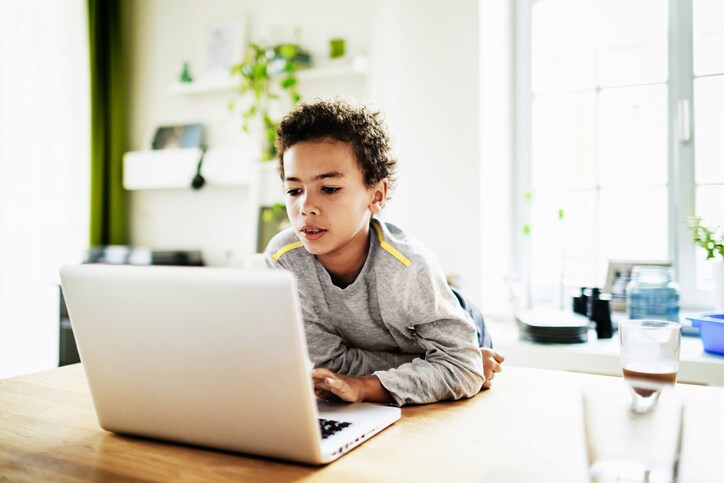It’s only a matter of time until you hear the dreaded question out of your tween’s mouth: “When can I get on Instagram/Facebook/Twitter?”
When the question comes — and oh yes, it will come — it’s best to be prepared, particularly since you know your child will be prepared with everything from pleas (“All the other kids are on it!”) to threats (“I’ll never speak to you again!”).
Here are some things to consider before you decide whether to let your tween or young teen have access to a social media account:
1. Learn about age restrictions
Most social media sites don’t allow children under 13 to have accounts. Now, that’s not to say that kids won’t get accounts anyway. Despite many kids younger than 13 having accounts, experts warn about letting your underage child access social media when it’s explicitly against the rules. It is important that your kids know the rules are there for a reason and know you don’t think it is okay for them to lie about their age.
2. Know the benefits
While it’s easy to get fixated on the negative aspects of social media, there are some real benefits too:
- Socialisation
Research has shown that social media can enhance social connections and communication and can form an important aspect of your child’s life. This is not a new feature in the lives of kids today – it is their normal way of communicating.
- Fostering identity
Social media can be especially beneficial for kids who otherwise struggle to fit in at school. It can help foster their identity and unique social skills.
- Group learning
Secondary school students may use social media to connect with their peers on homework and group projects which can reinforce a sense of community and develop expression and creativity.
3. Know the risks
Just as there are concrete benefits to using social media, there are also risks:
- Safety and privacy
Indiscriminate posting can lead to anything from regret to identity theft to, in extreme cases, abuse or abduction. Your child should not “friend” anyone he or she doesn’t know, or share passwords with anyone. You should also brush up on geotagging and other less obvious ways that someone could figure out your child’s location.
- Permanence
Once something is online, it’s there to stay. College admission offices, future employers, even future dating prospects are are all likely to check your child’s social networking profiles.
- Cyberbullying
According to the Department for Education, “most children have been involved in cyberbullying in some way, either as a victim, perpetrator, or bystander.”
- Psychological impact
For some children, social media access can trigger “Facebook depression.” This can cause children to compare themselves to others, or feel excluded or unpopular when seeing updates or photos of events they haven’t been invited to.
- Sexting
While the majority of sexting occurs outside of the tween and early teen years, it does still happen. When photos are spread, it can lead to problems for everyone involved, including, less obviously, legal trouble for those who received the images. If you are worried someone is making inappropriate contact with your child contact the Child Exploitation and Online Protection Centre (CEOP).
- Body image
While most studies investigating the effect of media on body image focus on traditional media sources, there is reason to believe that social media can play a powerful role in how tweens and teens perceive themselves. In fact, the effects may be worse with social media, where people are encouraged to present themselves to the online world for approval.
- Time management
Time and sleep are both precious commodities for tweens and teens. The pressure to be on social media can lead to poor sleep quality and an increased risk of anxiety and depression.
4. Research the various types of social media
Access to one does not have to mean access to all. While all forms of social media have their accompanying risks, some — like Pinterest — may be less conducive to the risks discussed above than others.
5. Look into monitoring solutions
At its most basic level, this can just be friending or following your child. But there are also numerous software programs you can buy that will monitor, filter or block aspects of your child’s internet and social media usage.
6. Investigate privacy settings
Generally the default privacy setting on social media platforms is the most public exposure. Visit the various privacy setting pages and policies before getting set up to decide what works best for your family.
7. Decide on usage limits
Make clear the times when social media will not be allowed. For instance, during dinner or after bedtime or until homework is completed. And don’t forget to lead by example.
8. Find a home for the computer
Keeping your computer in a central location makes it easier to keep an eye on your child’s online activity.
9. Make it official
If you decide to allow access to social media, memorialise the rules in a contract. Be sure to include clear and strict consequences in the contract for breaking the rules. And make the whole family aware, including babysitters and grandparents, that rules and guidelines are to be followed even when you aren’t home.
Read Next: Social Media Scenarios You Can Help Your Children Handle
